Spit Rainbow
Alongside large, loud, clamoring installation and sculpture at the Whitney Biennial 2008 and the M.C.A. Chicago, Chicago-based photographer Melanie Schiff’s work is quietly and surprisingly magnetic.
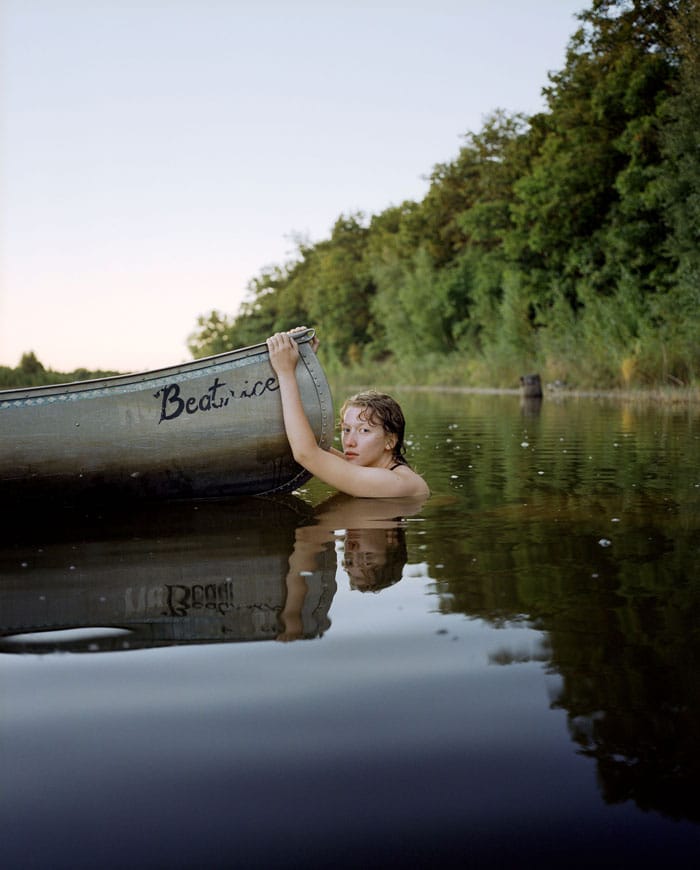
Interview by Nicole Pasulka
I first came across your work at the Recent Acquisitions show at the M.C.A. in Chicago, where I saw the photograph “Spit Rainbow.” Then I recognized your photographs at the Biennial, and really wanted to talk with you because the work definitely stood out in both cases next to all this big, bright installation and mixed-media art. How’s the response been to the shows?
Response to both has been really positive. The Biennial shows a bit more of the work, since there are a few pieces. When I first saw my work in the Biennial, I thought it looked really different from a lot of the stuff there. I also got worried because I’m from Chicago and I thought, “OK, my work is different and I’m not from around these parts.” But I’ve gotten great response. The work is quiet and intimate and it’s traditional in a way, and about photography in some aspects. Continue reading ↓
Melanie Schiff’s new catalogue, Books & Plants, is now available (see her gallery, Kavi Gupta). Schiff will also be exhibiting a new series of black and white photographs at Volta NY, opening March 27. All images used with permission, © copyright the artist, all rights reserved.

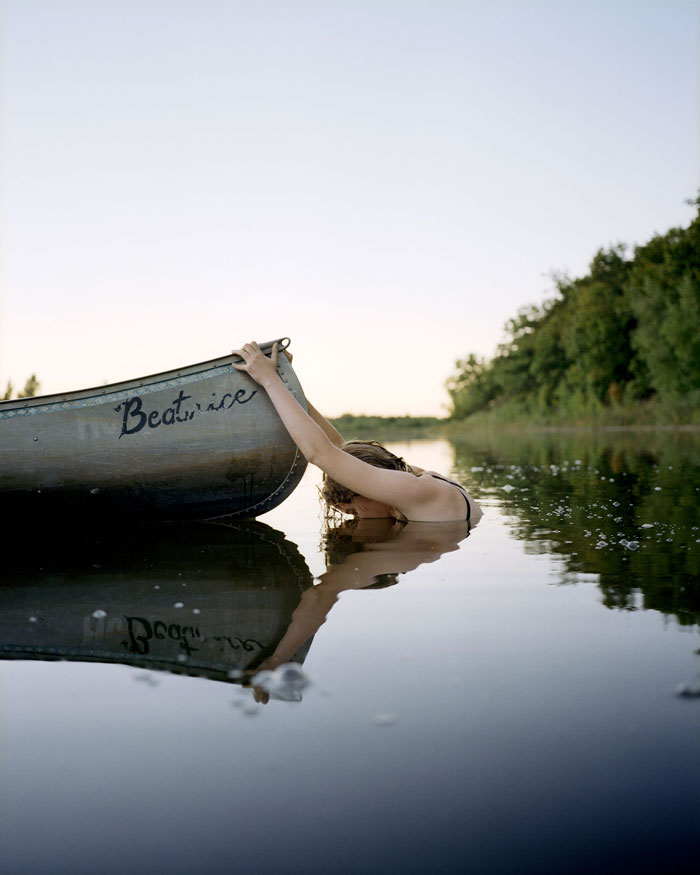
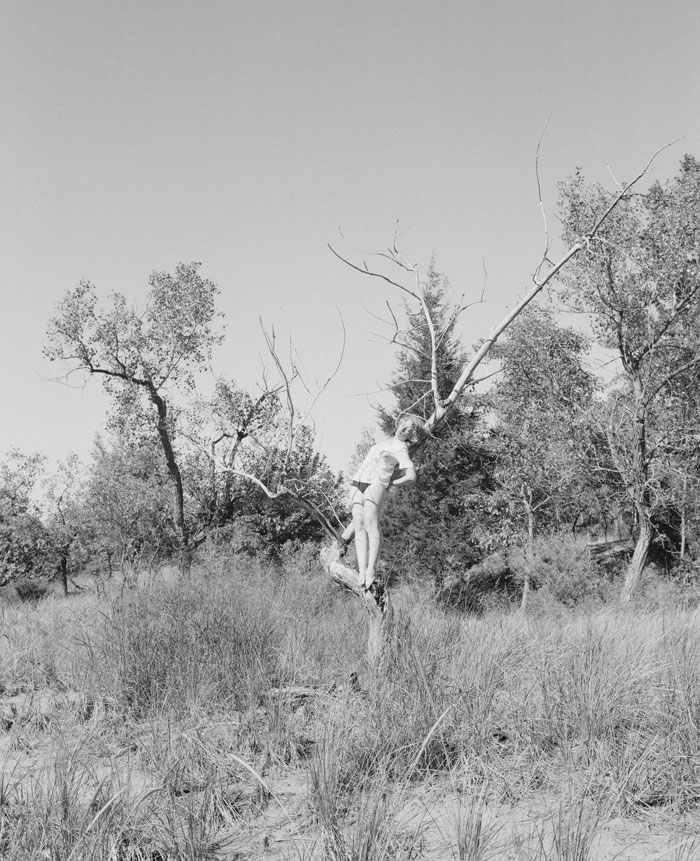
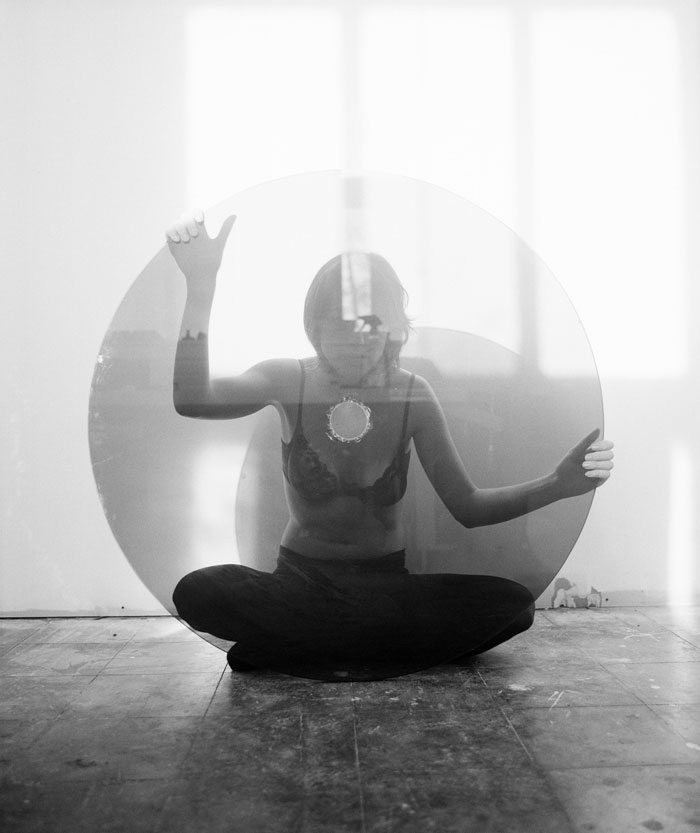
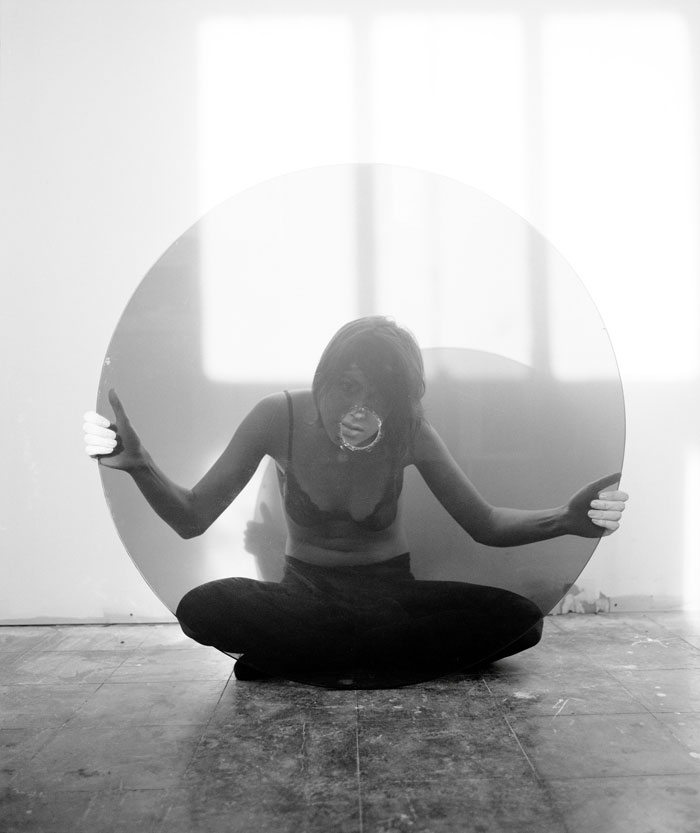
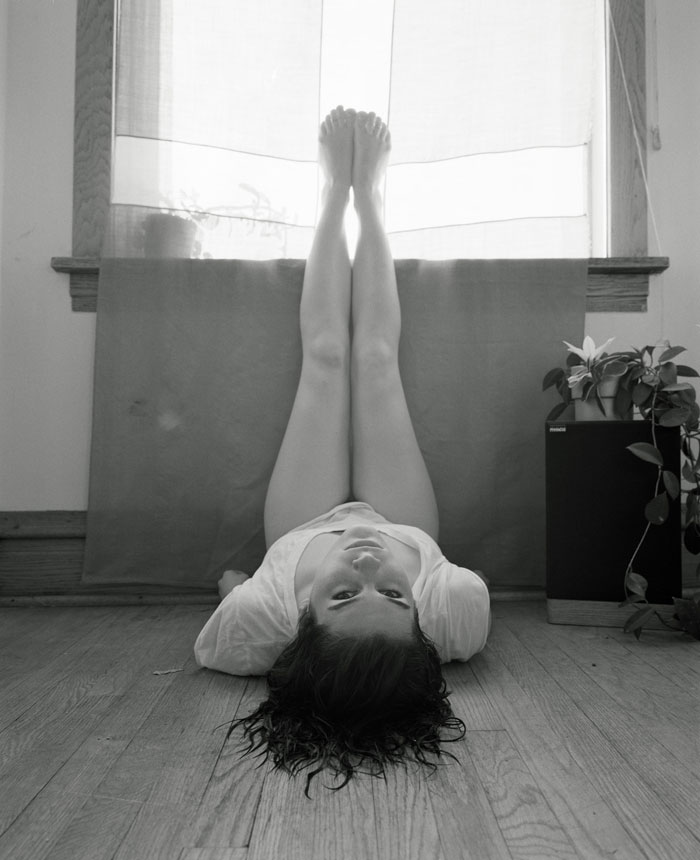
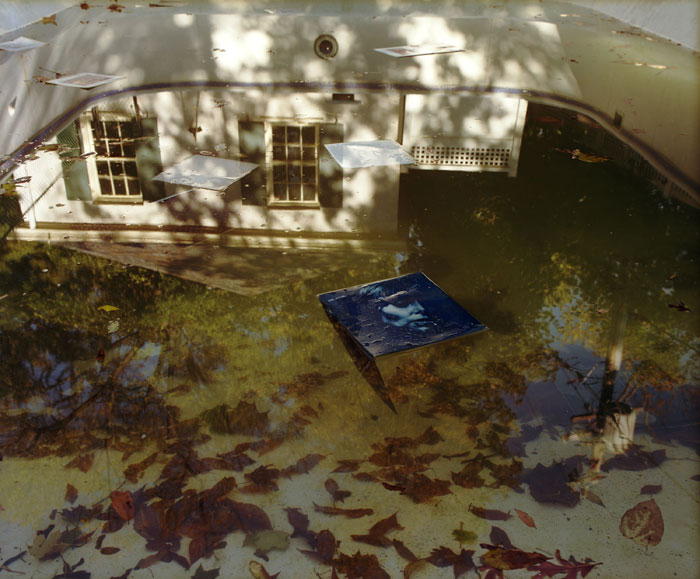
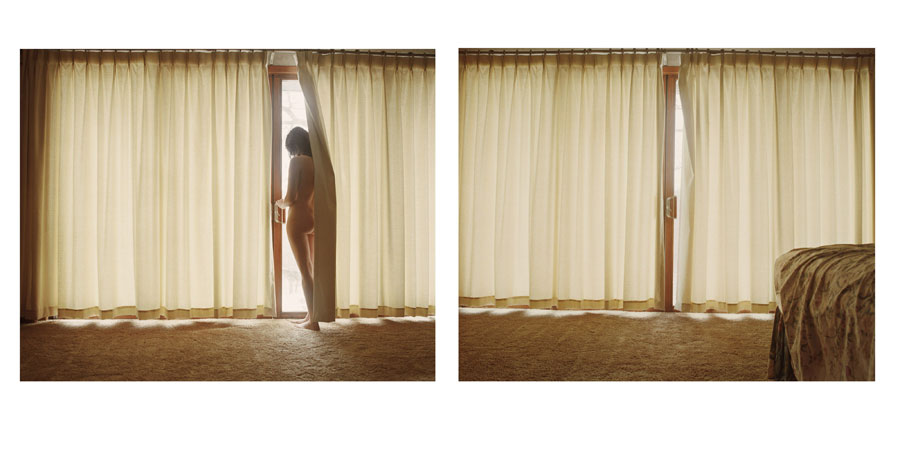
Interview continued
Yeah, I liked the Biennial a lot this year, but there wasn’t much straight-up photography or painting shown.
It’s hard to understand what your work does. I know what it does but, seen in that context, having such high expectations—you have to say at some point, “My work doesn’t do everything, it can’t be quiet and loud. It’s not all these things at once.” I was really happy that people were responding and [I was happy] about being in it. It was incredible and totally unexpected.
You play a lot with basic aspects of photography: reflection, light, and shadow. But there’s also usually a scene or a subject, so the work is almost narrative. What do you look for when you decide what to photograph?
It can be different for certain images. With “Spit Rainbow,” I had been on a boat with my brother somewhere and there was a teenage boy on the boat with us and he was driving us nuts. All of the sudden he was like, “Look at me, look at me,” and he spit a water rainbow off the boat. I was like, “That’s so beautiful,” but he was obnoxious in kind of a sad way, ‘cause he was a teenager by himself and he just wanted attention. So it was a beautiful gesture from someone who was driving us crazy. It struck me as something I wanted to do. Make a rainbow through this sort of aggressive and stupid teenage gesture.
With the pieces at the Whitney I was specifically thinking about sites and locations that have a history to them that link them to a sense of making or creating. The diptych, “Cannon Falls (Cobain Room),” is photographed at Pachyderm Recording Studio, where Nirvana recorded In Utero. The room itself has mythology because that’s where Kurt Cobain stayed. P.J. Harvey recorded there, a lot of interesting bands did, so I went there and felt the space, thinking, I want to do something here. It’s a really incredible location. I was interested the same way people are drawn to a place for spiritual reasons or drawn to more mainstream or accepted locations.
Like Ground Zero in New York?
Exactly. I can totally understand how people place events or experiences into locations. You have to put things into things. The same way people use symbols to identify themselves. For some people, it’s music, for some people, it’s that they watch Fox News. The other locations I’ve shot have similar mythologies.
In a lot of cases the photos seem really planned out—is there a way in which they’re also spontaneous?
I think of them as being more spontaneous. There’s always some amount of spontaneity in the way I make things because I have elements, but I want to let something more organic happen. In the same sense that the “Canon Falls” piece was planned, it was a spontaneous choice to include a figure in the space.
I work with a lot of things that are around me to make the photograph. Even more so now because I’m trying to think more about the photographer’s relationship to photography, and explore with a reference to the history of photography. That’s how light and reflection have played a really interesting role in my work. Those are these physical things that are really about photography: about the camera, about the film and the mechanisms. Then when I use myself in the work, which is more performative. There’s always a lot of spontaneity just in trying to get things set up.
Can you mark any ways that what you’ve done has changed or evolved over time?
I started as a photographer who really struggled with photography. I didn’t like [the discipline of] photography very much, but I really liked taking photographs. Even when I first started with the camera, I was really young and kind of obnoxious and stubborn. Edward Weston and Harry Callahan, all these historic guys, I wasn’t interested in them. I thought, they’re dead and they’re men, forget it. I wanted to do things a different way and I wasn’t interested in any formal work. Then I went to NYU for my undergrad which has a real “photo department,” and then I went to UIC for my MFA, which is a real multidisciplinary program. I went for their photo program, but they merged the programs and I was totally lucky that they did because then I had these peers that were sculptors and painters and I was meeting with Kerry James Marshall in my studio, which is pretty awesome. Since being out of school, I’ve kind of returned to photography and realized some of the questions that historically people have always been trying to figure out with photography I’m interested in as well.
